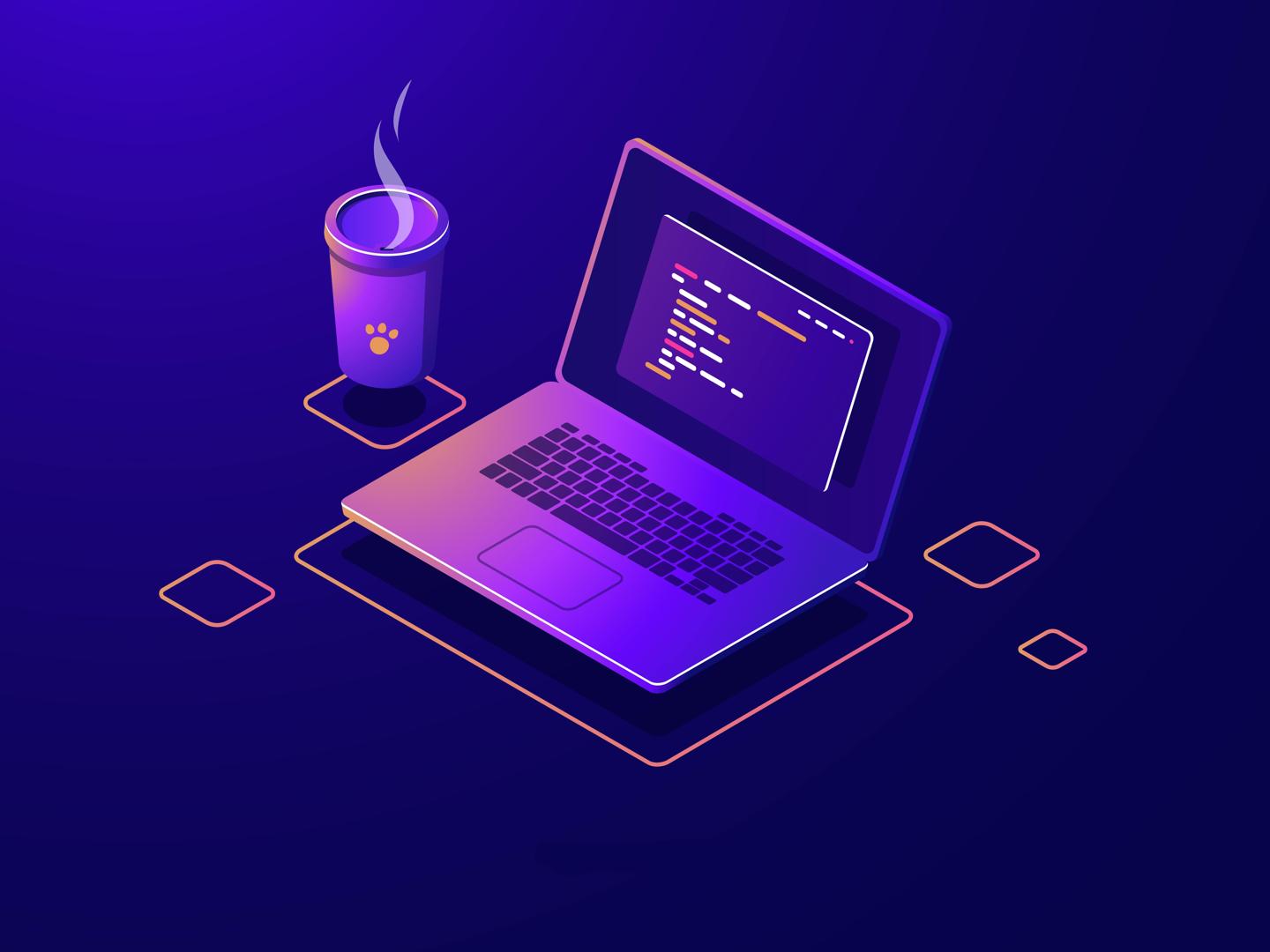This page has been translated automatically and has not yet been verified by experts.
interested in the course? Fill in the application online or CHILE
Java one of the most powerful programming languages in the world, it says the most software code. If you want to write a large project for a large company, then this is on it. All large it -companies in the world use java . This is a universal language, on it you can write desktop applications and applications for the Android devices, all because it is a cross -platform language. java It is good for both beginners and professionals.
training passes in person or online, 1-2 times a week, duration of class 2 academic hours.
Basic course (40 academic hours)
1. General provisions
Acquaintance with the development environment. The concept of a console application. Creating a project. The simplest application, work with the editor and comments. Compilation and layout. Errors in compilation. Rules for the output and output on the screen.
2. data types
The main types of data. Variables and types of data. The ranges of the presented values. Ads of variables. The concept of literal, constant. Transformation of types.
3. Management operators
Managing operators -^- Else . Arithmetic operations and their priority of their execution. Compound operators.
4. The concept of cycle. Work with cycles
Cycle operator for . Examples of cycles for , endless cycles, interruption of the program. Operators of the organization of the cycle when . Endless cycles. Cycles that are not performed once.
5. collections . Work with lines
Collections: arrays, lists, dictionaries. Add, change, removal of elements. Dictionary. Add, change, removal of elements. The concept of a line, operations with lines.
6. Working with files
The concept of module. Calling the function. Built -in functions. Creating functions. Parameters and arguments of functions.
7. The concept of class
The concept of class. Fundamentals of classes. General form of classes. Class announcement. Classes structure. Competition function (method). Adding the method to the class. Return of meaning. Adding the method of receiving parameters. initialization of the object, working with objects.
8. Inheritance. interception of exceptions
The concept of the inheritance of classes . The advantages of inheritance . reduction of the methods . Processing of exceptional situations and their types .
